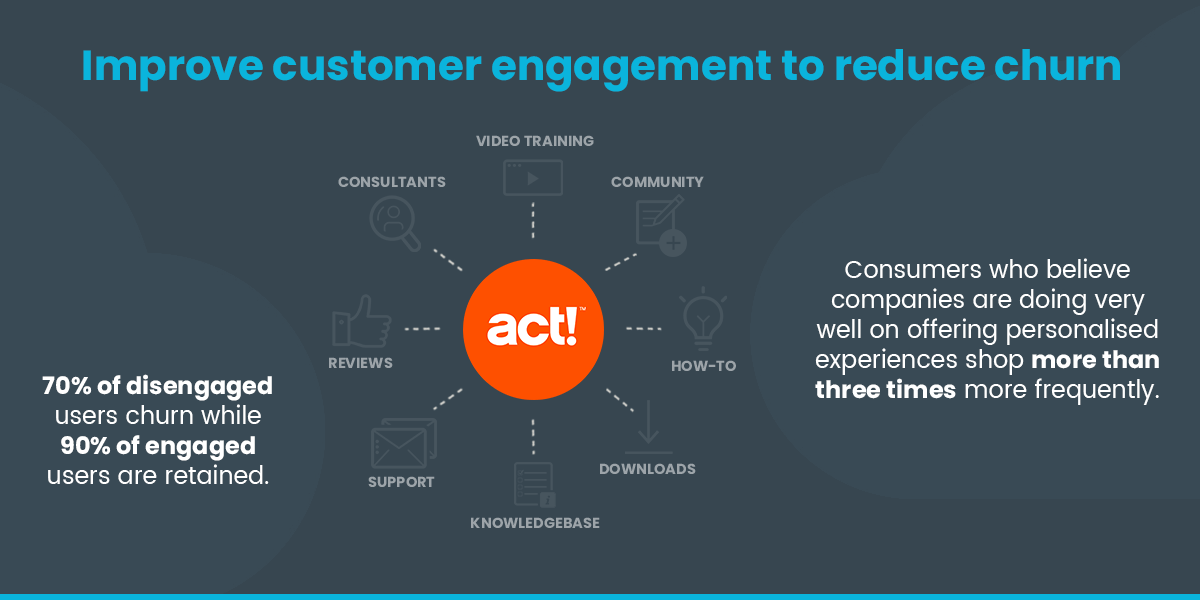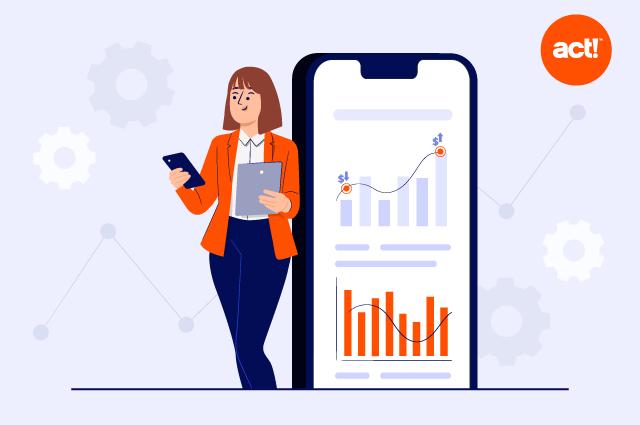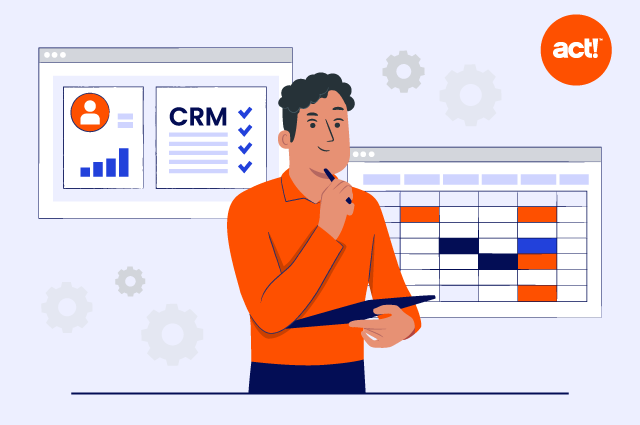In today’s technology dominated world customers are interacting with businesses differently than they have in the past. They’re more informed and socially engaged, posing a challenge to many businesses. And, for companies to win and retain their business, customers expect an excellent customer experience, not just good customer service. In fact, according to a Walker Group study 86% of buyers are willing to pay more for a great customer experience. The same study indicated that customer experience is projected to become more important than price and product as brand differentiators. Fortunately there’s a way for companies to rise to these expectations with the aid of a CRM system. Using such a platform enables companies to provide great customer experiences.
What is a great customer experience? It’s a combination of every touch-point and interaction customers have with a brand. All these experiences during their time as a customer should be harnessed to consistently improve future experiences. The ability to capture and access customer information at the right time during customer life-cycles can have a huge impact on their long-term loyalty. Understanding how and when your customers use your product, require your services or interact with your teams allows you to anticipate their needs and spot potential opportunities. CRM facilitates the collection of this information and may be used in the following ways to improve overall customer experience.

Reduce churn
CRM makes it easy to group customers in various ways, such as those who just completed a purchase, those experiencing certain issues, long-time customers and level of engagement. This ability allows for easy identification of those who are at greatest risk to be lost due to dissatisfaction, lack of training, or other difficulties. Once recognised, they may be proactively contacted to offer content or assistance to help alleviate their challenges, increase satisfaction and retain these customers.
An example of this in action is where SaaS companies need to understand usage and adoption. Linking this back to users in your CRM allows grouping of accounts who are at risk of churn to proactively reach out to these users before you lose them. Providing Getting Started content, or Setup support at this early stage pays dividends later because user adoption is key. Accurate record keeping also allows you to analyse ROI on this activity for future efforts.
Another example is tracking customer engagement. Are customers still actively using your product? Are they routinely being contacted by your company to ensure ongoing satisfaction? And, are they responsive to calls, surveys and other touch-points? A customer who is disengaged is much less likely to continue as a customer. In fact, a study by Vendasta shows that 70% of disengaged users churned while 90% of engaged users were retained. The data in your CRM helps identify disengaged customers, enabling proactive efforts to reengage and retain them. If your company is going to continue to grow, this is critical since it’s difficult to increase a customer base when there’s a consistently high turnover rate.

Develop Deeper Customer Relationships
Customers want personalisation in their interactions with companies. This is key to excellent customer experiences. Be sure your teams aren’t only documenting relevant business information in your CRM. They should include personal details too. This further humanises prospects and customers for your staff. All the background data, interaction information, and sentiments collected in your CRM platform, make it easier to personalise every customer touch-point. Whether they call in by phone, send an email, initiate a chat session or more, your employees are able to see purchase history, browsing history, full name, address, previous complaints, and more. This often means that the customer doesn’t need to reiterate historical information or contact information. This leads to the desired more effortless and frictionless experience. Plus, company personnel are able to call the customer by name and spell it correctly in written interactions. When data is complete, you may even know the customer’s birthday and be able to send them greetings on their special day. Other personalisation options include enquiring about a holiday they recently took as well as about an ill family member or pet. People like these little extras and it helps deepen the customer relationship while increasing loyalty.
Continuous improvement and prioritisation
Listen to what your customers are telling you, directly or indirectly. Every recorded interaction tells you something about your customer. How you group and manage this data allows you to improve your customer experience. Feedback about your product or service can be learned through various sources. Recorded support interactions and chat transcripts reveal product issues. They also frequently help identify topics that need to be added to the company online knowledge base or FAQs. And information recorded during the complaint process or gathered in post-sales surveys, for example, can be used to drive other process or product improvements. Plus, don’t forget to listen to your customers on social networks too. This is where they are most likely to speak openly about their feelings around your product or service. Social CRM helps you gather and act on these valuable insights as well. This data can help quantify, in pounds and pence, what each interaction costs to prioritise your resulting action items.
Fortunately it’s possible to integrate all these data sources into your CRM, adding this information on individual customer records. This makes it more useful and meaningful while facilitating the manipulation of the data to gain insights and translate them into tasks for continuous improvement.
Plan and Track Marketing Efforts
Recording sales history allows you to intelligently target your marketing efforts. When using an integrated marketing automation platform, the effectiveness of each campaign can be recorded directly into your CRM. Which ads are receiving the best results? Are there places online, or in print, where you might reach more of your audience? Are you speaking their language? Are you offering the types of content that they most desire? All this information drives your callout lists, improves your sales history and allows you to continuously fine-tune customer personas, all the while improving marketing ROI.
Collecting information about your customers with every interaction such as buying habits, Support requirements, product / service feedback and level of engagement is a common practice. CRM software is the ideal place to group this data. This provides a more holistic view of customer relationships and engagement levels making it easy to further tailor customer communications. What you do with this information is what turns a customer interaction into a great customer experience. Notifying them of new product offerings or add-ons based on their previous interests or making them aware of specials on consumable products they’ve purchased before are a win-win. These actions improve the bottom line while improving customer experience. The more you leverage the information gathered in your CRM, the higher the quality and results of your marketing efforts.
We gather information every time we interact with our customers. Be sure to record what your customers are telling you. Then use this information to reduce churn, improve customer relationships and loyalty, improve products and services and grow your customer base through a greater understanding of them. Your ROI for each marketing campaign will also continuously improve. Spotting trends and recognising dissatisfaction triggers early allows you the opportunity to turn a potentially bad customer experience into a good one. Deeper knowledge around customer characteristics help you to understand what the customer actually wants. The ability to view customer feedback in one place makes it easier to identify and prioritise areas of improvement. And integrated marketing automation makes CRM drive greater and consistently improving campaign results. A CRM like Act! will help you manage this information and analyse what your customers are telling you through dynamic grouping and other insights.





